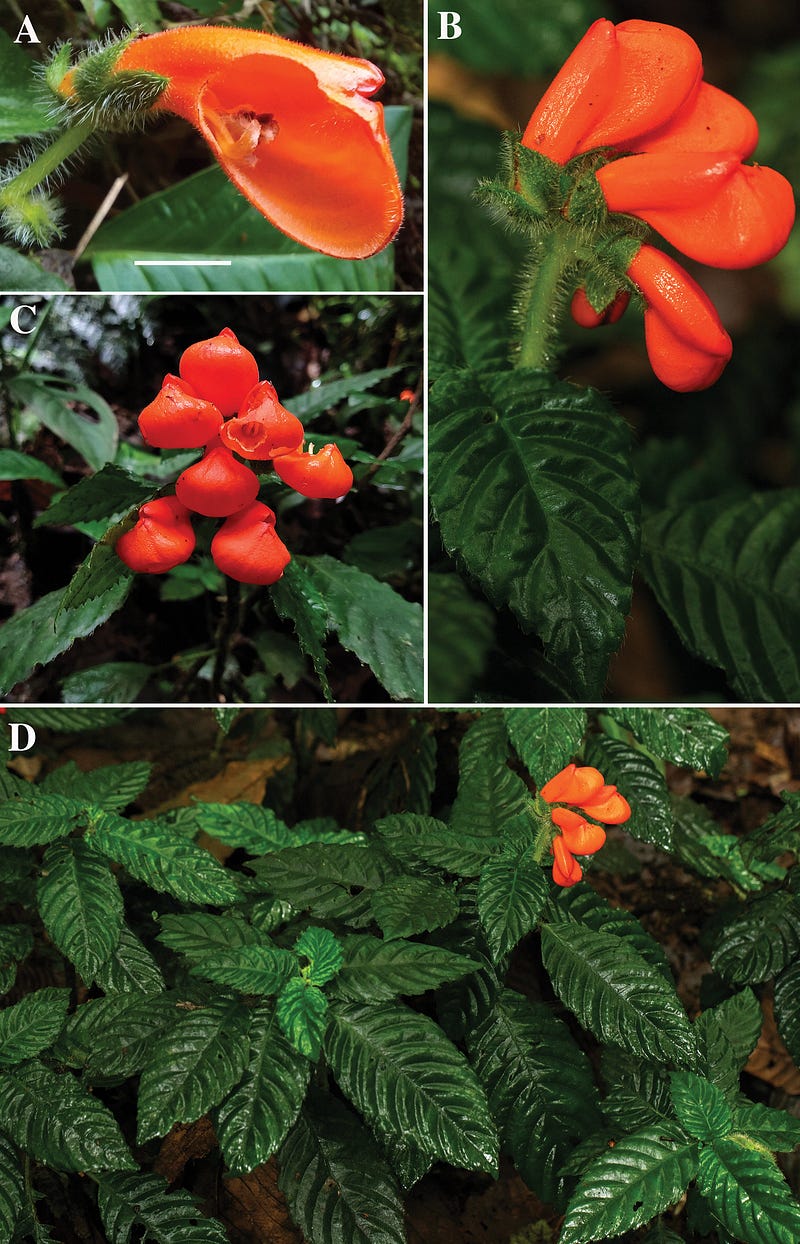Exploring Nature and Knowledge Through Citizen Science
Written on
Chapter 1: The Richness of Biodiversity
In the scenic landscapes just north of Brisbane, the Great Sandy National Park serves as a sanctuary for diverse ecosystems, including coastal heathlands, paperbark swamps, dune lakes, and pristine beaches. This protected area is home to several rare species, such as the Ground Parrot, Regent Honeyeater, and a unique group of ‘acid frogs’ from the genera Litoria and Crinia, which thrive in the park's acidic lake waters.
In August 2018, a collaborative effort brought together biologists and citizen scientists to survey the area's flora and fauna. This was not the first BioBlitz in the region; two years prior, a similar survey on K’gari (Fraser Island) expanded the records of local plant and animal life. At Cooloola, specialists and enthusiastic locals diligently examined the grass, swept through the vegetation, and scrutinized the trees, collectively uncovering numerous species previously unknown to science.
Citizen science has a rich heritage, originally pursued by affluent gentlemen with the means to indulge their curiosities. Some collected vast assortments of specimens, while others documented their findings to comprehend the intricate and vast natural world around them. Among these early naturalists was Gilbert White, a parson from rural Hampshire, England. His correspondence with fellow naturalists Thomas Pennant and Daines Barrington led to the publication of The Natural History and Antiquities of Selborne, which cataloged the flora and fauna he observed in the countryside of Selborne. First released in 1789, this seminal work has remained in print for over two centuries.
White was an astute observer who meticulously recorded the seasonal appearances of plants and migratory birds. His extensive studies earned him recognition as one of the first ecologists. He emphasized the significance of earthworms in maintaining soil health, contrasting their beneficial role against the damage caused by various pests.
> "Gardeners and farmers express their detestation of worms; the former because they render their walks unsightly, and make them much work: and the latter because, as they think, worms eat their green corn."
>
> (Letter XXXV to the Hon. Daines Barrington, 20 May 1777)
White's thorough approach to studying nature influenced Charles Darwin, who later authored a treatise on earthworms.
The advent of online platforms like iNaturalist, DigiVol, and FrogID (Australia) has blurred the lines between professional and amateur contributions to natural history. This democratization of science has enabled communities to engage actively in ecological pursuits.
Section 1.1: The Fascinating Grove Snail
The Brown-lipped Banded Snail (Cepaea nemoralis) is a prevalent species in western Europe, easily recognized by its vibrant shell, which can range from yellow to pink to brown and features varying numbers of dark bands. These color variations correlate with habitat; yellow shells are often found in open areas where they provide better camouflage from predators, while brown shells are more common in woodlands. The frequency of these morphs changes with the seasons, influenced by background colors.
In 2009, researchers initiated the Evolution MegaLab project to investigate how changes in morph frequencies might correlate with rising temperatures. They utilized historical data from museum collections (1950–1990) alongside contemporary data (2000 onwards). The project invited citizen scientists to record observations of Cepaea nemoralis, leading to the documentation of over 500,000 snails across nearly 3,000 populations. Although changes were noted in morph frequencies, no clear impact from rising temperatures was identified.
A subsequent project in the Netherlands examined whether urban heat islands affected the distribution of these color patterns. Using the SnailSnap app, citizen scientists uploaded images of snails, which were then categorized by volunteers. This study found that yellow snails were more prevalent in urban settings, likely due to thermal selection.
Subsection 1.1.1: The Role of Citizen Scientists
Insect Investigators, a collaboration among taxonomists, educators, and schoolchildren, successfully identified four new wasp species during a pilot study in regional South Australia. However, formal projects are not necessary for citizen scientists to contribute meaningfully; new species and even genera have been discovered through photos shared online. For instance, an iNaturalist photo from southern Queensland led to the identification of a new Australian praying mantis, Inimia nat (Nanomantidae).
The striking orange-flowered Gasteranthus extinctus (Gesneriaceae) was thought to be extinct after habitat destruction but was rediscovered in November 2021 within a remnant of its natural forest. This rediscovery was facilitated by subsequent searches on iNaturalist, which revealed additional records from photographs taken in 2019 in a nearby private reserve.

Chapter 2: The Power of Observation
There is a dedicated section on iNaturalist featuring the first photographs of living specimens, now exceeding 7,300 species. While not all these species are rare, many are merely overlooked, and the platform serves as their photographic introduction to the world. Not all discoveries come from remote locations; recent photos include a Corticeus (Tenebrionidae) found in Brisbane and a vibrant Sicoderus tinamus (Curculionidae) from Florida.
The Nature of Knowledge - Explore how citizen science allows us to uncover the intricacies of our natural world.
From the Nature of Knowledge to the Knowledge of Nature - Delve into the relationship between our understanding of knowledge and nature through citizen science.
There is an abundance of life in our surroundings, waiting to be noticed and shared. By participating in citizen science, we can all contribute to a greater understanding of biodiversity and the environment.